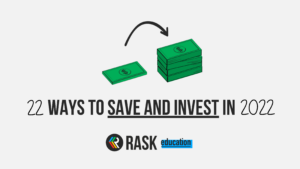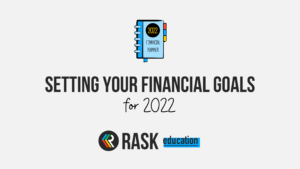The Steps in Financial Planning are as follows:
- Assessing your Financial Situation
- Setting Financial Goals
- Identify the Strategies
- Develop the Plan
- Implement the Plan
- Monitor and Review
1. Assessing your Financial Situation
The first step of the financial planning process can be free. It is a chance for the financial planner to understand your situation and talk about the services they offer.
During this consultation, the financial planner will seek to understand your financial needs, your budget and perhaps outline some of the common types of strategies.
Importantly, this is your chance to ask them questions. Ask them how much they charge, assess their experience and whether they receive commissions.
This consultation may take place over the phone, before you sit down with them in person.
Note: You can try and negotiate the fees being charged.
2. Develop Financial Goals
During this step, the planner will work with you to understand your needs, and set short and long-term goals. Be prepared, this step usually requires you to give a lot of information to your adviser. To give them the best chance of preparing a great plan, do some homework on your finances before you meet with them. This step may include an assessment of your tolerance for risk. You may be asked to complete a ‘risk profile’ or ‘fact finder’
3. Identify the Strategies
The adviser will develop strategies, given the information you provided in step two. Depending on the advice you are receiving, they may assess your budget, cash flow needs, tax situation, savings, insurance, investments and goals, to arrive at a set of potential strategies.
4. Develop the Plan
The financial planner will present to you his or her strategy in a Statement of Advice (SOA). This is a chance for you to assess the strategy, point out any inaccuracies, errors or flaws, and get your feedback. The SOA takes into account your entire financial situation. In Australia, a basic financial plan can cost less than $500. A comprehensive plan may cost between $2,000 and $4,000.
5. Implement the Plan
Typically, this is undertaken by the planner and their team. Often, it will mean opening and closing bank and investment accounts, applying for new products like insurance, and making investments. It may cost more to have the recommendations implemented for you.
6. Monitoring and Review
Your adviser will likely provide ongoing services, for a fee. Be sure to ask them what this includes (or what it doesn’t!) and how much it costs. It’s likely you will receive an annual fee disclosure statement from your adviser. Make sure you are happy with the ongoing services — and the cost.
[ls_content_block id=”27643″ para=”paragraphs”]



